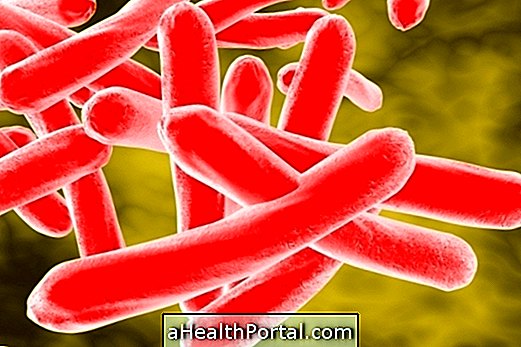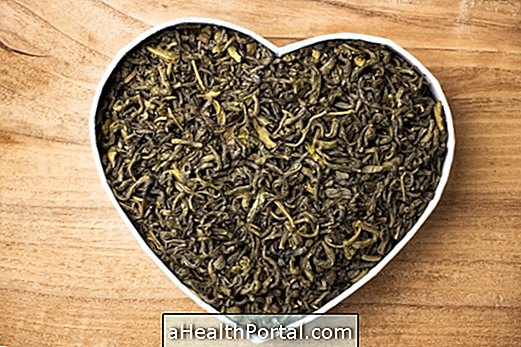The main difference between flu and cold is the intensity of your symptoms and the location of the airways affected.
Generally, in influenza the symptoms are more intense and in the cold they are lighter and have a shorter duration. In addition, in the cold the region affects is more upper lung, while in the flu, the whole lung can be affected.
In addition, the flu occurs mainly during the winter and the contagion is very easy, just having someone seized in a room so that in a short time everyone will be contaminated with the disease.
Main differences between flu and cold
The following table summarizes the main differences between influenza and cold:
| Differences | The flu | Cold |
| Causes | It is caused by the Influenza virus | It is caused by Rhinovirus or other similar |
| Duration | Lasts 7 to 10 days | Lasts 2 to 4 days |
| Symptoms | There is a high fever | Low fever or fever |
| There is a cough, a lot of muscle pain and a strong headache. | There is a cough, some muscle pain and a mild headache. | |
| There is a sore throat in the eyes and runny nose. | There is malaise and runny nose, and there may be hoarseness | |
| Complications | Pneumonia | Otitis, sinusitis, bronchitis |
| Treatment | Take lots of liquids, take medicines like Apracur and Benegripe. | Take medicines like Paracetamol, Ibuprofen and Vitamin C. |
Similar to the flu and the cold, there is still the flu-like syndrome, which can be caused by the flu virus, but also by other viruses or bacteria. Its symptoms are similar to those of the flu and include fever, cough, sore throat, muscle aches and headache.
Although flu-like illness can be treated at home with rest and fluid intake, there are cases where symptoms may worsen for high and persistent fever or difficulty breathing, for example. In these cases, it is recommended to go to the hospital to make the diagnosis with a general practitioner and start treatment with an antibiotic if necessary.
How to treat flu
Flu treatment can be done with medications prescribed by your doctor that may include Paracetamol to lower fever and remedies for influenza like Cegripe, for example, because they have ingredients that favor the elimination of the virus.
In addition it is recommended to rest and drink many liquids, such as water, juices, teas or soups. Here's how to prepare some teas for flu treatment in this video:

Once the flu virus reaches the lungs, if the person does not perform any type of treatment, there may be complications such as the development of pneumonia, for example.
Check out 7 tips to decrease the flu symptoms.
How to treat cold
To treat the cold it may be necessary to take some remedy to decongest the airways, such as an antiallergic, such as Desloratadine, for example.
Taking vitamin C can help strengthen the immune system and fight symptoms faster, so it may be helpful to take orange juice, pineapple, acerola and eat strawberries, for example.
See a Great Home Remedy for Cold.
Home remedy for flu and cold
Great home remedies for flu and cold are lemon tea with honey and orange juice with propolis because they are rich in vitamin C and antioxidants that help in the recovery of the body.
Other important care for flu or cold are:
- Wrap yourself well;
- Keep feet warm;
- Always wash your hands after you sneeze or cough;
- Place the forearm in front of the mouth whenever you cough or sneeze;
- Avoid closed environments;
- Avoid consumption of frozen foods;
- Keep the nose always clean and uncongested.
These precautions are especially intended to avoid exposure to sudden changes in temperature.
See what they are and what to do to relieve the flu symptoms.


























